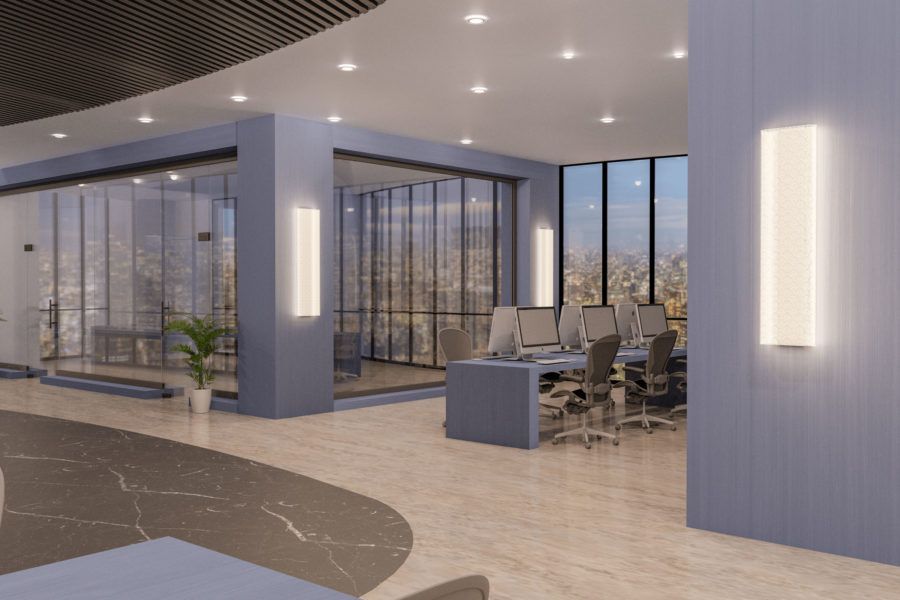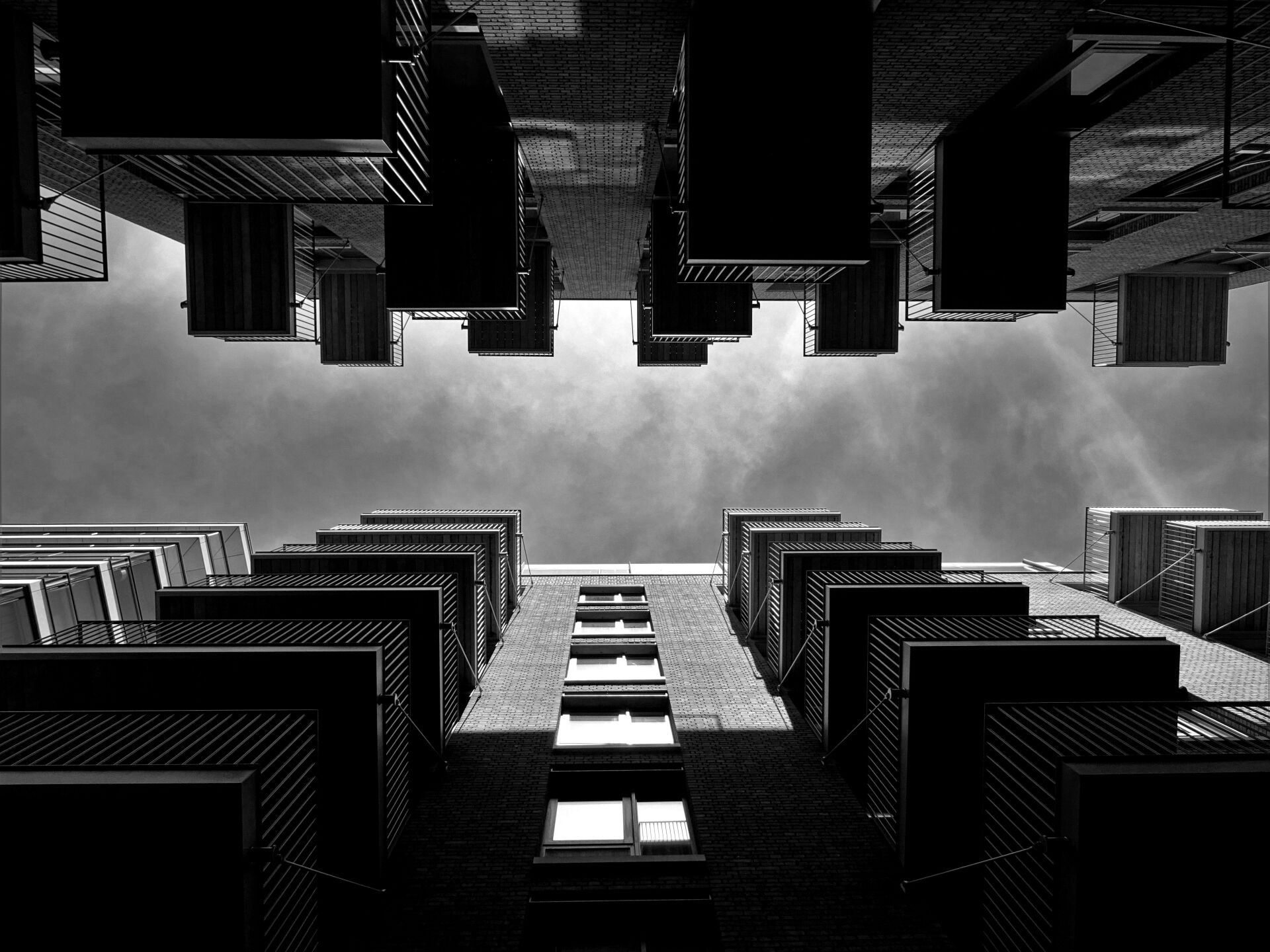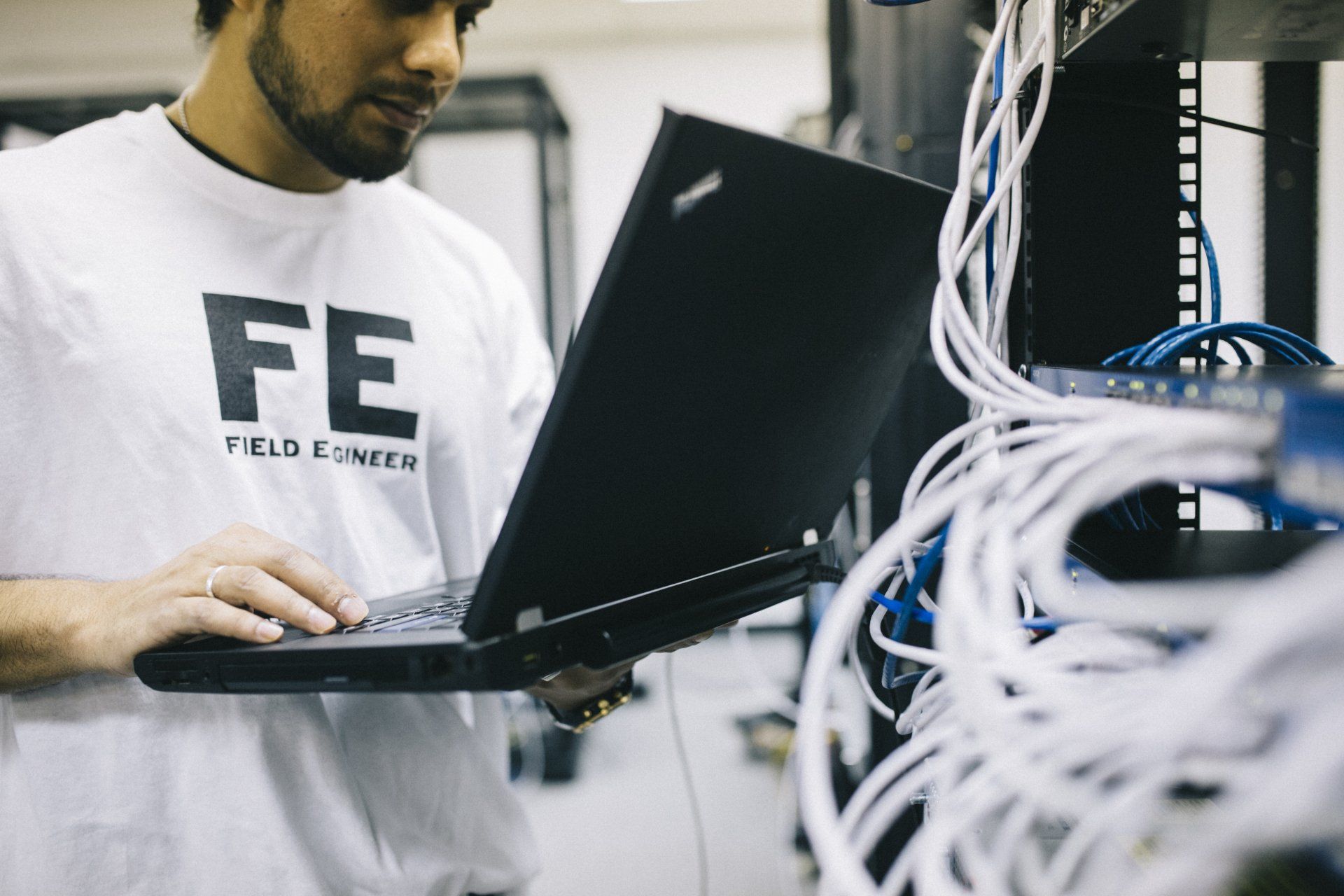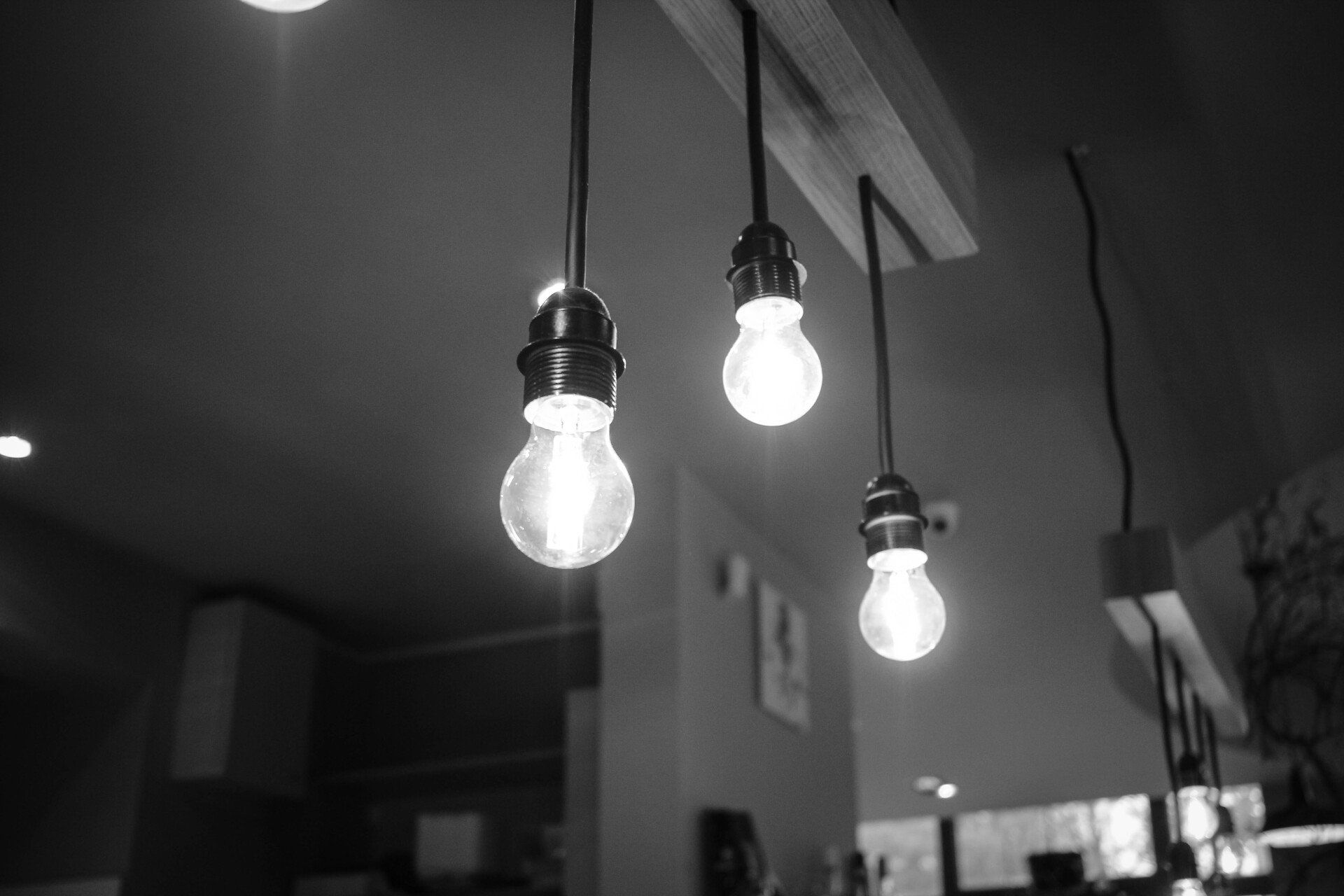Get in touch
843-7908929
info@uslightingsystems.com
Exploring Future Trends in LED Lighting for Commercial and Industrial Markets


A series of emerging trends driven by technological advancements, environmental concerns, and changing consumer preferences are expected to significantly shape the future of North America's industrial and commercial LED lighting market.
One of the prominent trends is the increasing adoption of smart lighting solutions. With the Internet of Things (IoT) and wireless communication technologies advancing, lighting systems are becoming more intelligent and connected. These smart lighting systems can be controlled remotely, programmed to operate at specific times, and adjust their brightness based on ambient light conditions. This not only enhances convenience but also contributes to energy efficiency, a crucial factor in the industrial and commercial sectors.
Energy efficiency is another major trend shaping the LED lighting market's future. Businesses and industries are seeking to reduce their carbon footprint and operational costs, making energy-efficient lighting solutions more popular. LED lights consume significantly less energy than traditional lighting solutions, making them an ideal choice for energy-conscious businesses. Moreover, the declining cost of LED lights, driven by economies of scale and technological advancements, is making them more accessible to a wider range of consumers.
The market is also influenced by the growing awareness of the environmental impact of lighting solutions. LED lights are free from harmful chemicals like mercury, found in traditional lighting solutions, and have a longer lifespan, reducing the need for frequent replacements and minimizing waste. The environmental friendliness of LED lights is expected to drive their adoption in the coming years.
Another trend to watch out for is the increasing demand for human-centric lighting. This involves designing lighting solutions that not only provide illumination but also support human health and well-being. For example, tunable LED lights can adjust their color temperature throughout the day to mimic natural daylight patterns, promoting better sleep and productivity. As businesses prioritize employee well-being, the demand for such human-centric lighting solutions is expected to grow.
Lastly, the integration of LED lighting with building automation systems is a trend gaining momentum. This allows for centralized control of lighting systems, enhancing convenience and energy efficiency. It also enables more sophisticated lighting strategies, such as daylight harvesting, further contributing to energy savings.
In conclusion, North America's industrial and commercial LED lighting market's future will be shaped by trends like smart lighting, energy efficiency, environmental consciousness, human-centric lighting, and integration with building automation systems. These trends reflect the evolving needs and preferences of consumers and the societal shift towards sustainability and well-being. Businesses and industries that can adapt to these trends and offer innovative, value-added lighting solutions are likely to thrive in the coming years.







Email us
info@uslightingsystems.com
Subscribe to our email journal
Contact Us
We will get back to you as soon as possible.
Please try again later.





